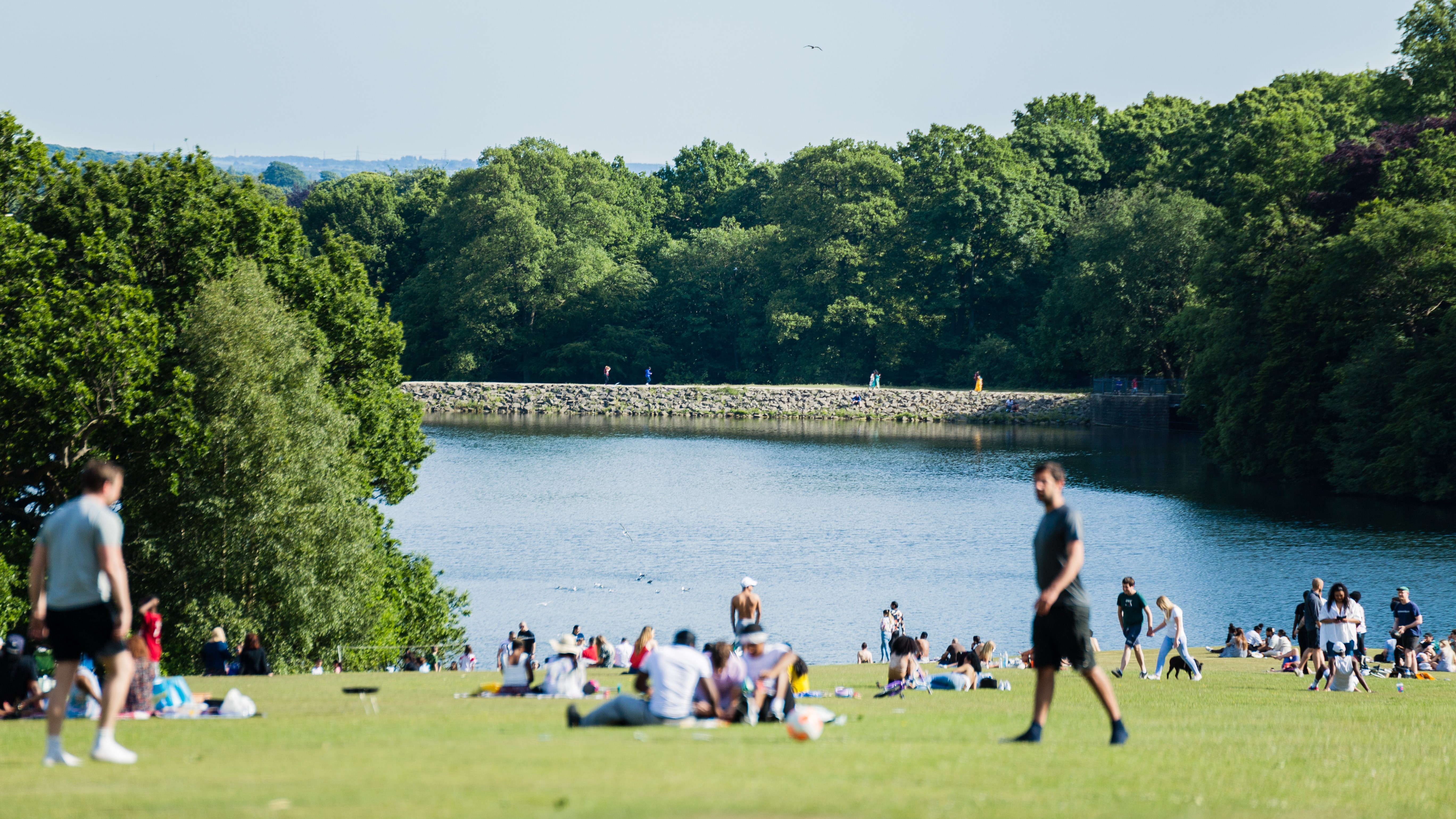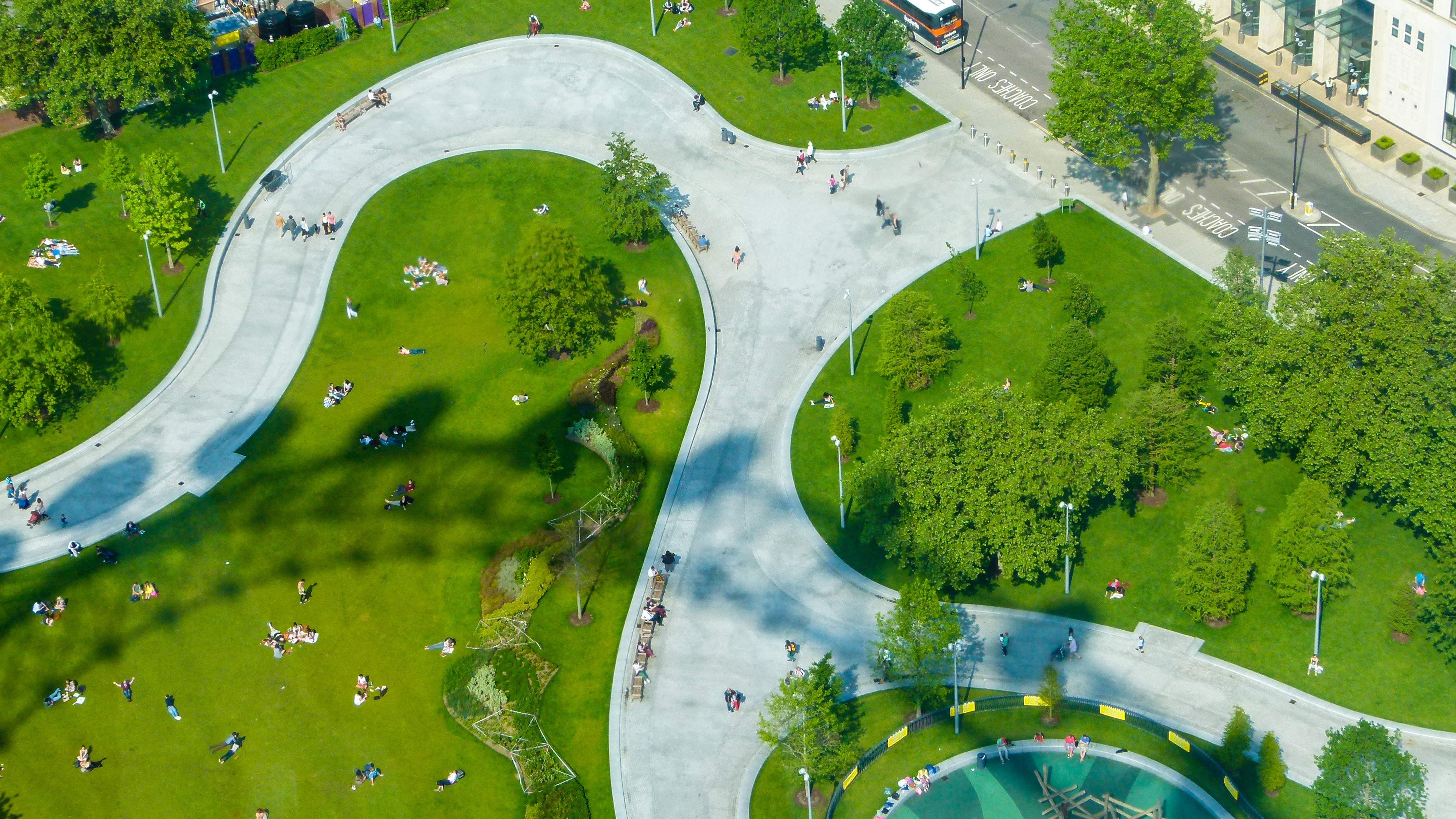
The announcement by the World Health Organisation (WHO) that the COVID emergency was officially over, must have come as a huge relief to everyone. COVID certainly has had a huge influence on all aspects of our lives, particularly upon both our physical and mental health. This impact also includes how people value, use and access greenspaces and forests. During the Pandemic, policies on use of public spaces varied considerably from country to country. In Germany, access to forests and most greenspaces remained possible for exercise throughout the duration of the Pandemic, whilst other countries applied more restrictive policies.
A recently published study conducted in Bonn (Germany) analysed visitor patterns, attitudes and perceptions in a peri-urban forest, called the “Kottenforst”, during the lockdown period. The importance of forests for human wellbeing became even clearer than ever during the Pandemic. Urban forests act as a “decompression valve” during times of increased pressure, and theoretically, should be accessible to everyone. Positive effects like feeling happier and healthier, finding a sense of calm and contact with nature are not the only reasons people choose to visit a certain forest; other factors like location, ingrained habits and spontaneity are also important factors.
The Kottenforst study originally set out to analyse the importance of social and cultural benefits of forests close to urban areas, however its aims were later broadened to include the impact of the lockdowns. The study timeline between April 2019 to May 2022 effectively charted visitors’ changing perceptions and emotional bond with the forest through two surveys: one before and one during the first strict lockdown (mid-March and early May 2020). During this period, the number of visitors to the forest dramatically increased after the lockdown was implemented in March 2020.
Approximately 300 interviews were carried out. These were based on questions to record the visitors’ perceptions of the cultural, recreational, and aesthetic ecosystem services provided by the forest, and to assess their attitudes towards forest management measures. Three forestry professionals who work in the Kottenforst were also interviewed during the first lockdown to help interpret the data from the perspective of the local forest managers.
Changing patterns to forest visits
Compared to the same period in 2019, the average number of daily visitors more than doubled during the first lockdown (22 March 2020 – May 2020), whilst the increase was less pronounced during the second lockdown (December – March 2021). Probably having a sunny spring helped in this respect, but the psychological impacts of the pandemic and government restrictions were the main drivers for the increase of visitors. During the lockdowns, the visitor distribution was also more spread out during the day (instead of being concentrated before and after worktime) and the difference between the weekends and weekdays became less pronounced, although Sunday remained the most popular day. Visitors were mostly middle-aged or elderly people. One of the main reasons for more frequent visits to the forest was that people had more time and flexibility due to their home working situation.

Associations with the forest
The fundamental associations that people have with the forest did not change much after start of the first lockdown: finding peace and quiet, fresh air and access to nature were still, by far, the main appealing factors of the Kottenforst. In accordance with other studies, many respondents also expected mental and physical health benefits from their forest visit.
People in cities generally visit urban forests to find peace and quiet. However, as this study illustrated, as visitor numbers increased there was less opportunity for visitors to find quiet places to escape the crowds. This is an important consideration when planning recreational forest use. Spontaneity, spiritual and escapist motives were prominent in the answers of over half of the people interviewed, mainly when referring to aesthetic elements and emotional connections with the forest. The productive function of the forest was valued lower compared to recreational benefits by respondents.
The impact of forest management upon recreation
At each interview location, participants were asked to express their appreciation for a specific forest stand, thereby providing valuable feedback for the forest management strategy. More natural forest stands were generally regarded as the most visually attractive. Important keywords in this respect were: broadleaf trees and species mixture, diverse stand structure, wild look, tree health and green. The perceived naturalness was mainly characterised by the absence of visible forest management.
Uneven-aged stands resulting from selective cutting regimes showed the societal acceptance of the management style which has been practiced in the Kottenforst for decades. An increased focus on tree health and the acceptance of felling unhealthy trees has resulted from awareness resulting from extensive media coverage on the topic of bark beetle infestations and drought related issues. The general focus on health during the lockdown may be reflected in people more consciously observing health issues in their surroundings.
Lessons for the future
The issue of how outdoor spaces are utilised for recreation is a fascinating one, and it would be beneficial for future research to delve deeper into how land use planning, design and natural resources management can accommodate higher numbers of visitors to woodlands and green spaces. It may also be useful in more urban areas to monitor visitor flows when scheduling forest work and managing visitor facilities during different times of day, week, and season.
Reference:
Jakob Derks, Georg Winkel, Johanna Strieck & Rik De Vreese (2023) Visitor frequencies and attitudes towards urban forests and their management, before and during the COVID-19 lockdown. A mixed methods case study in Bonn, Germany, Ecosystems and People, 19:1, DOI: 10.1080/26395916.2023.2195021 .